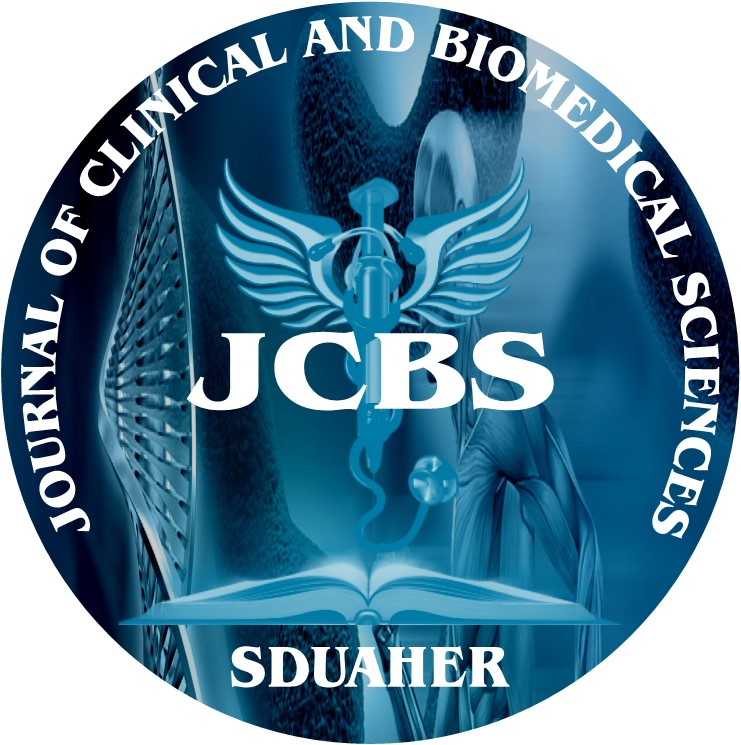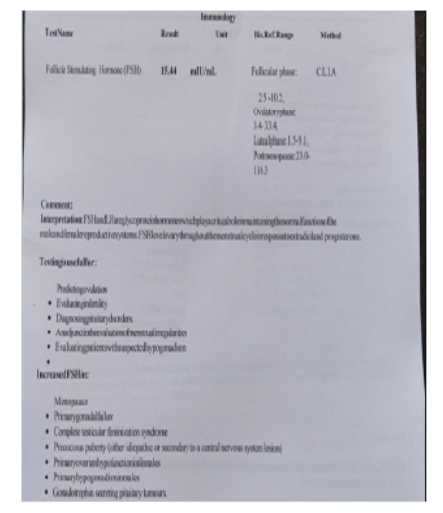


Journal of Clinical and Biomedical Sciences
DOI: 10.58739/jcbs/v15i2.25.74
Year: 2025, Volume: 15, Issue: 2, Pages: 139-145
Case Report
Nisha E B1∗
1Professor & HOD, Department of Samhitha & Sidhantha, Nootan Ayurveda College & Research Centre, Sankalchand Patel University, Sankalchand Patel Vidyadham, Kamana Char Rasta, Visnagar, 384315, Gujarat, India
*Corresponding Author
Email: [email protected]
Received Date:05 February 2025, Accepted Date:19 May 2025, Published Date:13 July 2025
Polycystic Ovarian Syndrome (PCOS) is an endocrine disorder affecting 15-20% of women, often leading to irregular menstruation, hyperandrogenism, obesity, and infertility. Though not directly mentioning PCOS, Ayurveda describes conditions with similar clinical features, such as Nashtartava Ksheenarthavadushti, and Anapathya, and offers treatment focused on balancing Doshas, improving metabolism, and restoring hormonal balance. This study aims to explore the role of Ayurveda in managing PCOS with biochemical androgen excess and oligo-ovulation through a case study. A 24-year-old female presented with irregular menstruation (cycle interval >45 days), excessive hair growth on the face and chest, and hair fall for 1.5 years. Laboratory investigations confirmed elevated testosterone, luteinizing hormone (LH), and follicle-stimulating hormone (FSH). She had previously tried hormonal therapy with temporary relief and opted for Ayurvedic treatment. The patient underwent a two-phase Ayurvedic treatment plan over nine months on an OP basis, focusing on Agnimandya (digestive impairment) correction, metabolic stabilization, and hormonal balance. Medications were given based on menstrual phases, along with dietary and lifestyle modifications. By the end of the treatment, her menstrual cycle normalized, androgen levels reduced, excessive hair growth decreased, and hair fall stopped. This case highlights Ayurveda’s potential in managing PCOS through individualized treatment, dietary guidance, and lifestyle changes. Early diagnosis and systematic Ayurvedic management can offer effective, natural, and safer alternatives for PCOS treatment.
Keywords: PCOS; Hyperandrogenism; Oligoovulation; Hirsutism; Nashtarthva
This is an open-access article distributed under the terms of the Creative Commons Attribution License, which permits unrestricted use, distribution, and reproduction in any medium, provided the original author and source are credited.
Published By Sri Devaraj Urs Academy of Higher Education, Kolar, Karnataka
Subscribe now for latest articles and news.